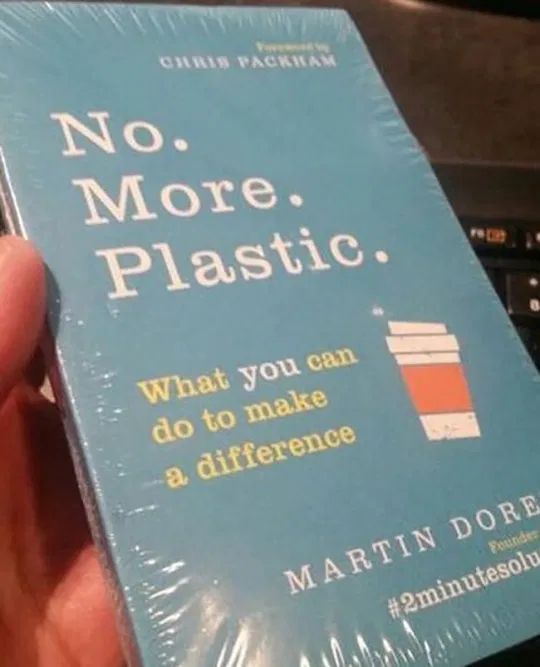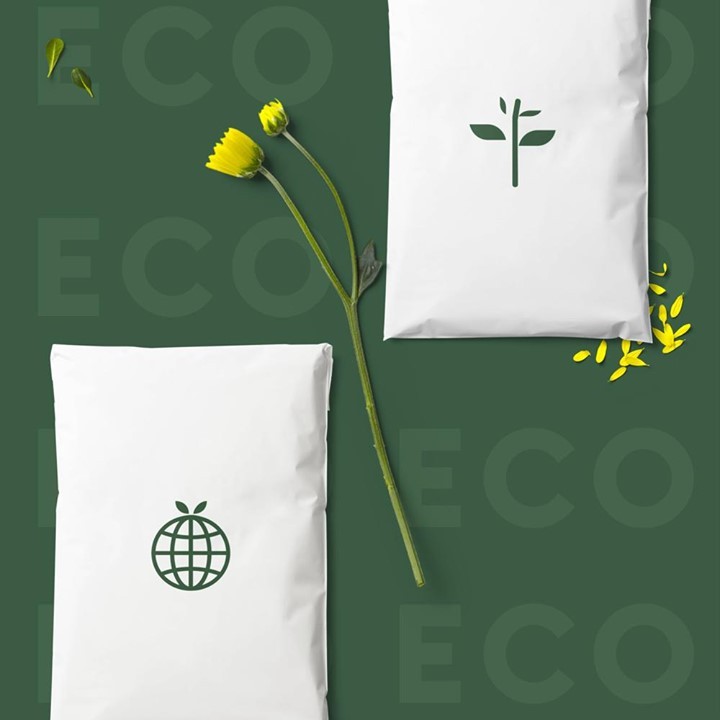Millennials: killers of industries, arbiters of the brands of the future. When it comes to impressing Millennial shoppers, a lot of brands are late to the game. The generation that was so thoroughly dismissed as narcissistic, spoiled, lazy phone-addicts are suddenly consumer powerhouses (though Gen X tends to outspend them) with very specific taste. So how do you wow a Millennial eCommerce shopper?
As you might have gleaned from the title, Millennials care about quality, aesthetic, and impact. They strive to put their money where their values are, shopping with brands that care about the same things they do. This extends to everything they buy, including the packaging that their products arrive in. Let’s go over how to up your packaging game to the heights that Generation Y expects.
Sustainable
More than just a buzzword, sustainable (i.e. eco-friendly) is a top-tier value for Millennials. Far from being content with some standard-issue greenwashing, Millennials expect the brands they shop from to care about their impact on the environment, and demonstrate their efforts to minimize their impact through their packaging. However, sustainable packaging is a complex topic. Let’s talk about some sustainability red flags:
- The box is too big. Getting an oversized package for a small product is such a common occurrence, and while consumers universally dislike it, Millennials particularly hate this. Boxes that take up more space than they need to waste resources, and usually waste a lot of infill too.
- Excess plastic. Every plastic element within your package is setting off alarm bells. Is it in a plastic mailer? Is it then also in a plastic sleeve inside the plastic mailer? Are there styrofoam packing peanuts or inflated plastic bags to cushion the box? Are the inner elements individually plastic wrapped? In case it wasn’t clear, plastic = bad. No more plastic.

Source: BBC
A flub: a book about eliminating plastic, wrapped in plastic.
- False claims. Even worse than a product wrapped in plastic is a product with any sort of “eco-friendly” label on it that is then wrapped in plastic. Whatever negative feelings they were having about your plastic wrapping are multiplied exponentially when they perceive a false claim that relates to caring about the environment - they are holding in their hand evidence that you don’t.
- Extra “stuff”. Making an unboxing experience great doesn’t mean adding stuff just for the sake of adding stuff. Sure, it’s all branded and cute and has your name all over it, but that doesn’t change where it’s going: straight in the trash (or hopefully the recycling).
While that’s quite a list of red flags - and most companies set off at least one - it’s not actually that hard to impress a Millennial consumer. Companies can be slow to react to new trends, and this focus on sustainability is more of a deciding factor than many companies realized. But make no mistake: sustainable packaging is not a trend, it’s a paradigm shift that will change packaging forever.
In the meantime, sustainable packaging options had to catch up to the current market, and for a while the solutions were so expensive that brands decided it wasn’t worth it. Today, however, brands are practically spoiled for choice, and it’s clearer than ever what a Millennial consumer wants in their brand packaging.


Source: EtceteraEmbroidery on Etsy
Here’s an example of sustainable packaging in a small business on Etsy. There is no wasted packaging or single-use plastic. The custom box protects the items and is made from recycled materials, the bag is cotton and can be reused for storing the project on the go, and the whole kit is shipped in a custom poly mailer made from post-consumer materials.
First, no excess packaging. The first “R” is “Reduce,” after all! When a brand is thoughtful about how much space their products take up, and design their packaging and their shipping materials accordingly, it’s noticeable. No bells and whistles needed, just the proper size box, please.
Second, no more plastic. Or at least, as little plastic as you can manage. If you can completely cut plastic out of your packaging, that’s a win for everyone. However, there are instances where there just isn’t a good replacement right now, and that’s okay - but there are steps you can take to show that, as a brand, you still care.
Sadly, very little of the plastic that exists around the world actually gets recycled. It’s estimated that less than 10% of plastic has ever been recycled. But if you must use plastic, use plastic that is made of post-consumer recycled materials. By doing this, you’re supporting an industry that is doing its best to recycle the materials that are already out in the world, and helping to make plastic recycling cheaper and more common in the future.
Third, make sure that if you are going to take on the mantle of running an eco-friendly company, that you take a hard look at your entire brand from top to bottom. Make it a part of your mission statement, stay up to date on the latest sustainable trends, and overhaul your packaging (if it needs it) so that it supports your claims.
Fourth, remember “Reduce?” Well, it’s back again! When you’re striving to create a great unboxing experience, make sure that everything added is with intention. If you’re adding infill, in addition to making it eco-friendly, you can easily theme it to your brand by matching it to your brand’s colors. If you have multiple inserts, think about why they are there, what purpose they serve - if you want to include some information, think about also including an aesthetically pleasing design that aligns with your brand visuals.
Finally, you might be worried about how all these changes are going to impact your bottom line. Many assume that Millennials are hyper budget-conscious, but in reality, they are willing to pay more for sustainable and higher quality items, particularly if the brand ethos aligns with their own. So if you’re adding a genuine eco-friendly core to your brand but it’s costing a little more, rest assured that the Millennial consumer base is prepared to pay for it.
Instagrammable
While the label is a bit cliche, making something “instagrammable” is about more than you might expect - it’s not creating packaging with the express purpose of being shared, but instead creating packaging that is worth being shared. You might be wondering, what’s the difference? The first type of packaging probably has an insert with the brand’s social media information on it, brand-specific hashtags, expressly asking you to share your purchase. There’s probably another insert asking you to leave a review, and yet another one with a coupon code.
The second type of packaging, the one worthy of being shared, is focused on the quality and the aesthetic. The unboxing experience inspires sharing instead of asking for it. Let’s go over some ways you can achieve that type of packaging:
- Aesthetic. Kind of subjective and hard to pin down, but the whole packaging should have an aesthetically pleasing look to it. There are many different modern styles of design - minimalism, modern vintage, geometric, etc. Whatever aesthetic ethos your brand strives for, make sure that’s carried over into your packaging.
- Customized Packaging. A brand identity so strong that it’s recognizable just from the outer packaging of a product; that’s what you’re striving for. Any way that you can customize the packaging to fit the identity of your brand will go over well.

- Cute messaging, or other playful elements. A Millennial customer appreciates humor! Packaging with cute messaging (like a mailer that says “I’m Here!”) has been all the rage this year.
- Meaningful extras. Everyone loves a great gift, but a Millennial will only see it as a gift if it makes sense or is useful in some way. Custom stickers are popular in this respect, because it’s a special goodie you can include with packages at a fairly low cost, they can be cute and branded, and they’re functional (in a way that a random card insert will not be). You can use custom gift boxes that will make unboxing experience better!
- Sustainable. We’ve made it full circle! Including sustainable materials in your packaging is always share-worthy to a generation that cares so much about it, especially if it’s clever, cute, or a particularly novel way of incorporating sustainable practices.
In The End, It’s Intentionality
If you’re looking for one word to take away from this (besides sustainable), it’s intentionality. Your packaging should not look like it happened by accident; every element of it should convey thoughtfulness and intention. Packaging should be intentionally beautiful and functional, and thoughtful about reducing its impact on the planet if it wants to win the heart of the Millennial consumer.
About the author
Jake Rheude is the Director of Marketing for Red Stag Fulfillment, an ecommerce fulfillment warehouse that was born out of ecommerce. He has years of experience in ecommerce and business development. In his free time, Jake enjoys reading about business and sharing his own experience with others.
